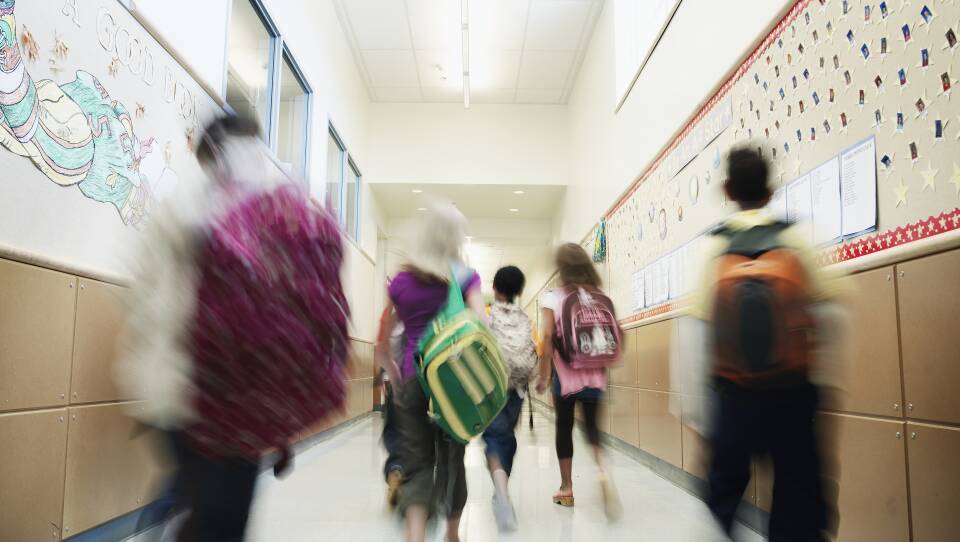A report released by The Boston Foundation Wednesday showed that while the city's population has continued to grow in recent years, its school-aged population has declined.
According to the report , entitled "Kids Today: Boston's Declining Child Population and Its Effect on School Enrollment," Boston's population was at its zenith in 1950 when there were over 800,000 people living in the city.
That number dropped to almost 563,000 by 1980, and while the population increased to almost 696,000 by 2018, the number of children ages 5 to 17 did not climb along with it.
Those numbers decreased from a high of 133,817 in 1950 to only 75,934 in 2018 — an increase from 2010's 71,290 children.
"Strikingly, even as Boston lost school-aged kids over these two time periods starting in 1970, we quickly regained population at all other age levels," the report said.
It split the decline of the school age population into two phases, the first from 1970 to 1990 due to "local factors like court-ordered school desegregation and suburbanization of the Boston region."
During the 1970s and '80s, many white families moved to area suburbs in order to evade a court-ordered school desegregation plan that applied only to Boston proper.
The second phase, starting in 2000, was due to a decrease in black and white school-aged children, even as Asian school-age numbers remained stable and Latino school-age populations increased by about 3,700 people.
The report credited the decline to a drop in middle-income families due to a dearth of affordable housing and a perception that schools in the city are of low quality.
"Whether or not such assessments are fair, the perception that K–12 schools are “better” in the region’s higher-income suburbs is one likely reason why higher-income suburbs (like Winchester, Belmont and Wellesley) experienced some of the largest school-aged population gains in our region since 2000," the report said.




